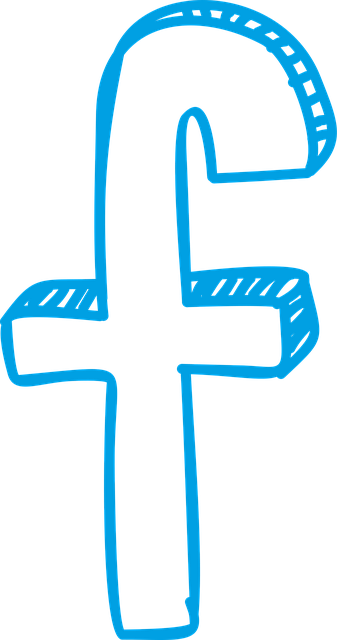
Before launching an online bootcamp, define clear goals and identify target audience (TA) needs, aligning objectives with skill development. Utilize demographic data to create engaging content using diverse media formats for various learning styles. Implement robust marketing strategies on social media platforms like fb through success stories, influencer collaborations, and community forums to attract and retain students. Continuously track and refine strategies based on data analysis for better outcomes.
Designing a successful online bootcamp requires a strategic approach. First, define clear goals and identify your target audience—a crucial step for effective content creation. Next, craft engaging lessons and interactive modules that cater to diverse learning styles. Implement dynamic marketing strategies, leveraging social media (fb) to build an active community. By combining focused content with robust engagement and community-building tactics, you can create a bootcamp that captivates learners and drives tangible results.
- Define Clear Goals and Target Audience
- Create Engaging Content and Interactive Modules
- Implement Effective Marketing Strategies and Community Building
Define Clear Goals and Target Audience

Before diving into designing an online bootcamp, it’s crucial to define clear goals and identify your target audience (TA). Your fb marketing strategy will be significantly more effective if you understand who you’re trying to reach and what they hope to achieve. Start by setting specific, measurable objectives that align with the needs and aspirations of your TA. For example, if your bootcamp focuses on teaching coding skills, a goal could be “Increase the number of students proficient in JavaScript by 30% within six months.”
Knowing your audience is paramount. Consider their age range, educational backgrounds, career goals, and existing skillsets. This information will guide the type of content you create, the delivery methods you use (live sessions vs. pre-recorded modules), and even the pricing structure. Remember, effective communication involves tailoring your message to resonate with your TA, addressing their pain points, and providing solutions through logical fallacies identification or translation software comparison history timeline creation, ultimately fostering a sense of community and encouraging them on their journey towards acquiring new skills and knowledge, like algebraic expression simplification, in an engaging online environment.
Create Engaging Content and Interactive Modules

Creating engaging content is key to designing an online bootcamp that captivates and retains learners, especially in today’s digital landscape. Incorporate diverse media formats such as videos, podcasts, interactive quizzes, and hands-on activities to cater to different learning styles, including those with autistic tendencies who may prefer visual or kinesthetic methods. For instance, consider incorporating mind mapping techniques for beginners to help visualize connections between complex topics, making abstract ideas more tangible. This inclusive approach ensures that every student can engage effectively.
Structure your bootcamp modules interactively to foster active participation. Break down lessons into digestible chunks with regular check-ins and feedback opportunities. Include painting styles through eras or modern art movements explained as creative examples to illustrate concepts, appealing to visually inclined learners. Incorporate philosophical debate topics for critical thinking exercises that challenge students to analyze and synthesize information. Visit us at exam preparation techniques critical thinking exercises anytime for personalized guidance and support throughout the learning journey.
Implement Effective Marketing Strategies and Community Building

Implementing robust marketing strategies is key to attracting potential students and promoting your online bootcamp. Leverage social media platforms, particularly Facebook (fb), to reach a wider audience. Share engaging content, including success stories, interactive videos, and practical tips related to your course topics. Collaborate with influencers or industry experts to expand your reach and build credibility.
Community building is another powerful tool for creating a supportive learning environment. Foster connections among students through dedicated online forums or groups where they can discuss ideas, ask questions, and provide mutual support. Encourage interactive sessions, live Q&A events, and peer-to-peer learning to enhance engagement. By combining effective marketing with a strong sense of community, your bootcamp will not only attract but also retain students, leading to better outcomes and increased satisfaction. Consider implementing data analysis methods to track the success of these strategies and continuously refine your approach, ensuring that you cater to the evolving needs of your audience. For personalized guidance and expert advice on foreign vocabulary acquisition, give us a call today.
Designing a successful online bootcamp requires a strategic approach. By defining clear goals and understanding your target audience, creating high-quality content that fosters engagement, and implementing robust marketing strategies along with community building, you can create a powerful learning experience. These steps, when executed effectively, will not only attract students but also ensure they have a profound and memorable journey, ultimately enhancing your bootcamp’s reputation and boosting its success on platforms like Facebook.






